Introduction
Body Movements
Types of movements:
Flexion – contraction resulting in a degree decrease in an angle at a joint
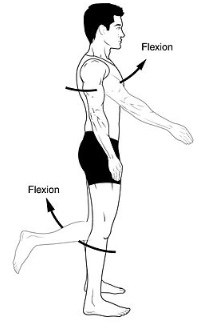
Lateral Flexion – can be thought more as bending or tilting to the left or right (putting ones ear to shoulder)
Dorsiflexion – occurs at the ankle, pulling the distal end of the foot towards the tibia
Plantarflexion – Confusing right? Although flexion is in the name, technically plantarflexion is extension, pulling the distal end of the foot away from the tibia

Extension – contraction resulting in a degree increase at a joint, the opposite of flexion
Hyperextension – extension in which the degree has increased past anatomical position
Abduction – limbs moving away from the body’s midline in the frontal plane (like the beginning to a jumping jack)
Adduction – limbs moving toward the body’s midline in the frontal plane (like the end of a jumping jack), the opposite of abduction
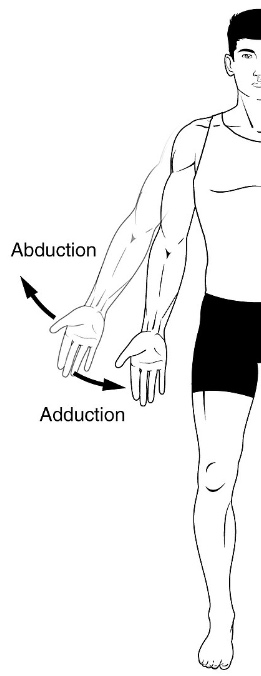
Transverse Abduction – movement of a limb away from the midline but in the transverse plain
Transverse Adduction – movement of a limb towards the midline in the transverse plan, the opposite of transverse abduction (like a pectoral fly)
Rotation – rotation of a joint, typical of ball-and-socket type joints and where articulating surfaces allow for a spinning motion (turning of the head/torso or at the shoulders are some examples)

Lateral Rotation – rotation away from the midline, can be thought of as outward rotation
Medial Rotation – rotation towards the midline, can be thought of as inward rotation
Supination – lateral rotation of the wrist
Pronation – medial rotation of the wrist
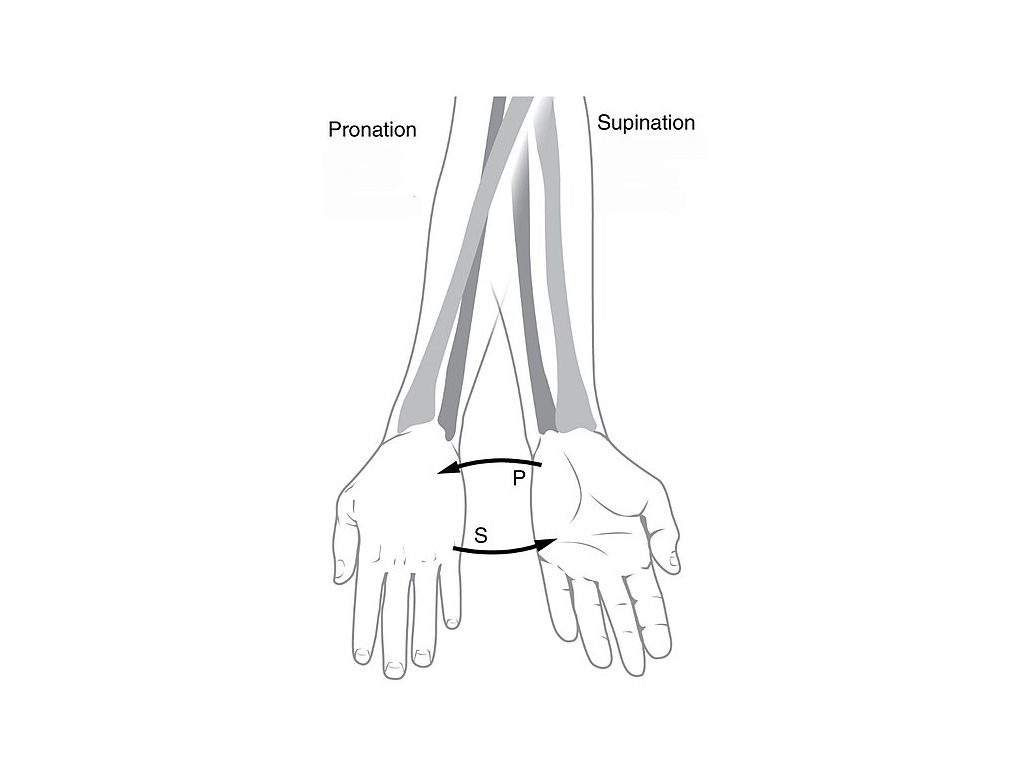
Protraction – anterior projection of a body part (sticking out the jaw is an example)
Retraction – direct posterior movement of a body part, the opposite of protraction
Elevation – raising a body part directly upwards, no rotation or changes in the degree of a joint (shrugging/closing the jaw are examples)
Depression – forcing a body part directly downwards, opposite of elevation
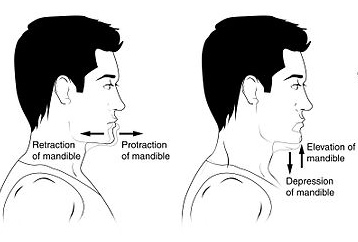
Inversion – turning the ankle so that the sole of the foot faces towards the midline
Eversion – turning the ankle so that the sole of the foot faces away from the midline
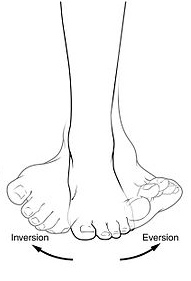
Opposition – moving the little finger and thumb towards each other
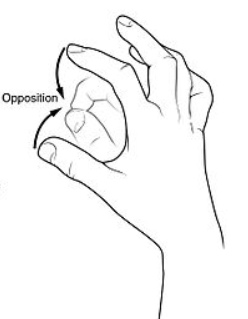
Study tools
- Video explaining the different body movement here.

